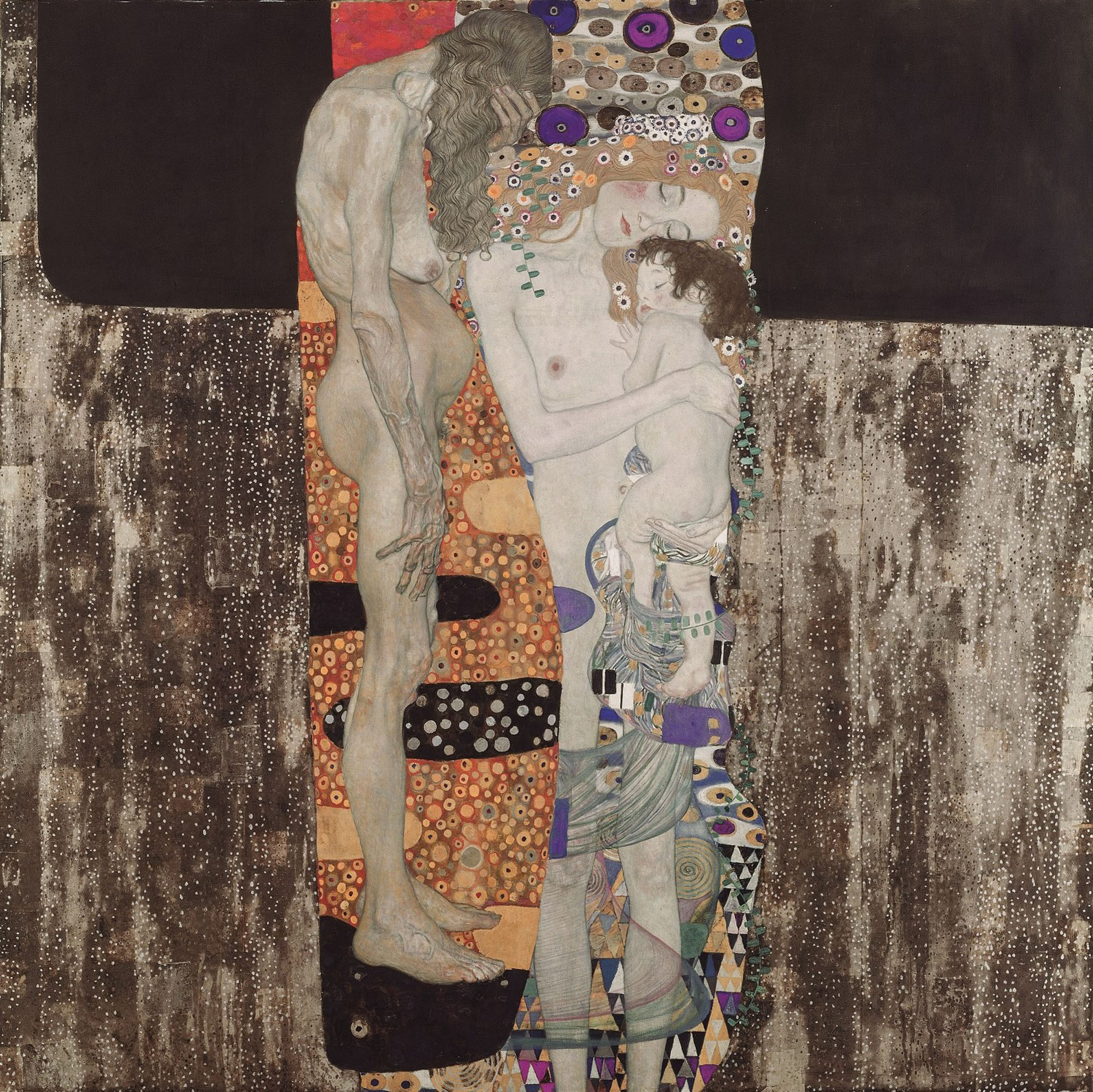Decorative gold surfaces and images of radiant women define the work of Gustav Klimt (1862-1918) for many people. The Tokyo Metropolitan Art Museum's current exhibition, however, highlights lesser-known aspects of the Austrian artist's career, offering more insight into the man behind the works.
Designed specifically for the museum in coordination with the Belvedere in Vienna, which has the most extensive collection of Klimt paintings in the world, "Gustav Klimt: Vienna-Japan 1900" commemorates the 100th anniversary of the artist's death last year and brings together more than 25 of his oil paintings and around 90 objects created by or related to him, including sketches and numerous photographs. The "Japan" of the exhibition title refers to the influence of Japanese art on Klimt, who emerged as an artist during the Japonism boom in Europe. The show also includes some of the kinds of Japanese objects, such as porcelain dishes and pill boxes, that ignited the imagination of the European art scene.
Born in 1862, Klimt entered the Vienna School of Arts and Crafts (now the University of Applied Arts Vienna) in 1876. With fellow students Franz Matsch and his younger brother, Ernst, he founded a company that produced many murals and paintings for the theaters, museums and other public buildings that were sprouting up in the city at that time. Sketches and other works related to these at the exhibition express something of the life of fin de siecle Vienna.



















With your current subscription plan you can comment on stories. However, before writing your first comment, please create a display name in the Profile section of your subscriber account page.